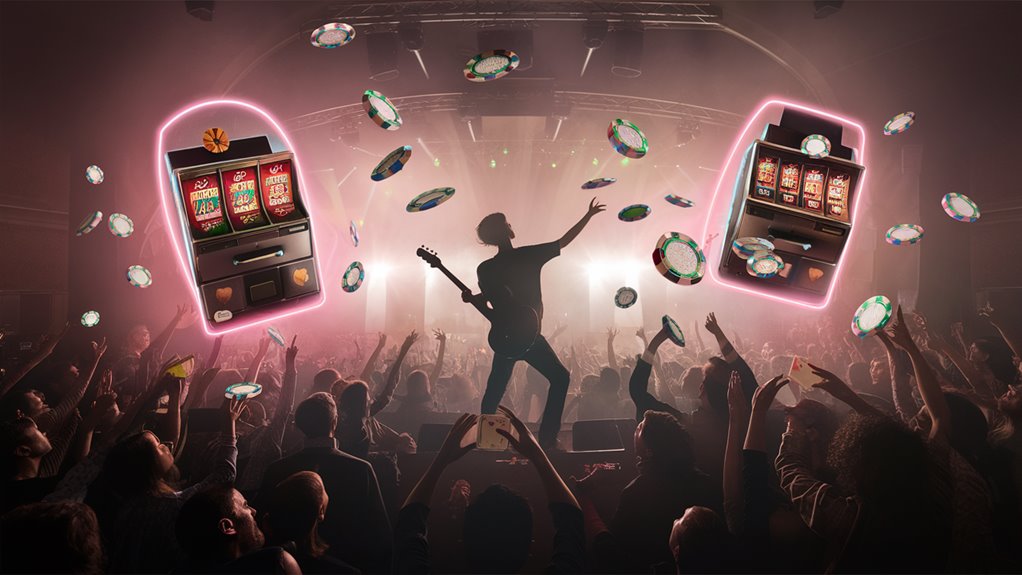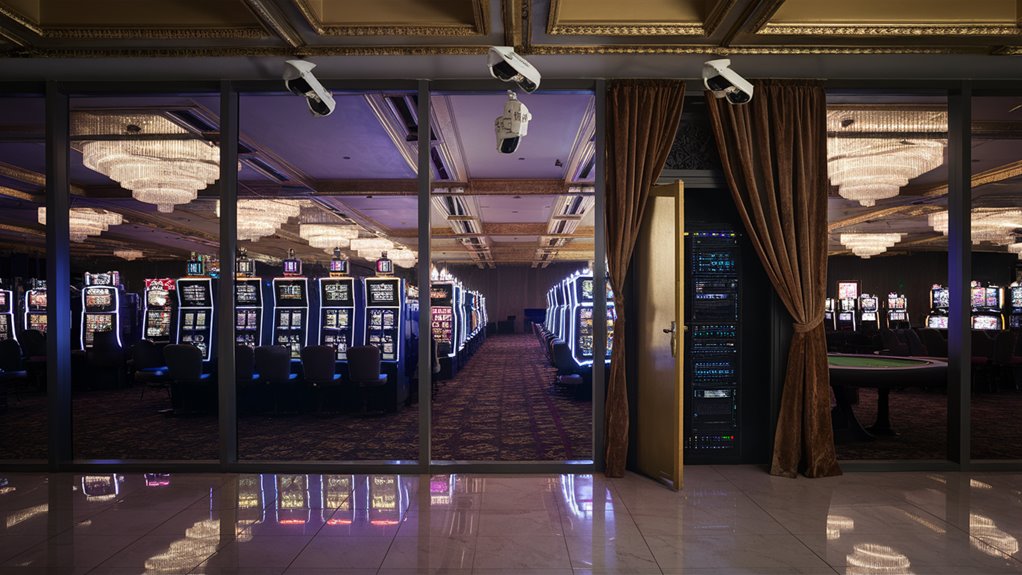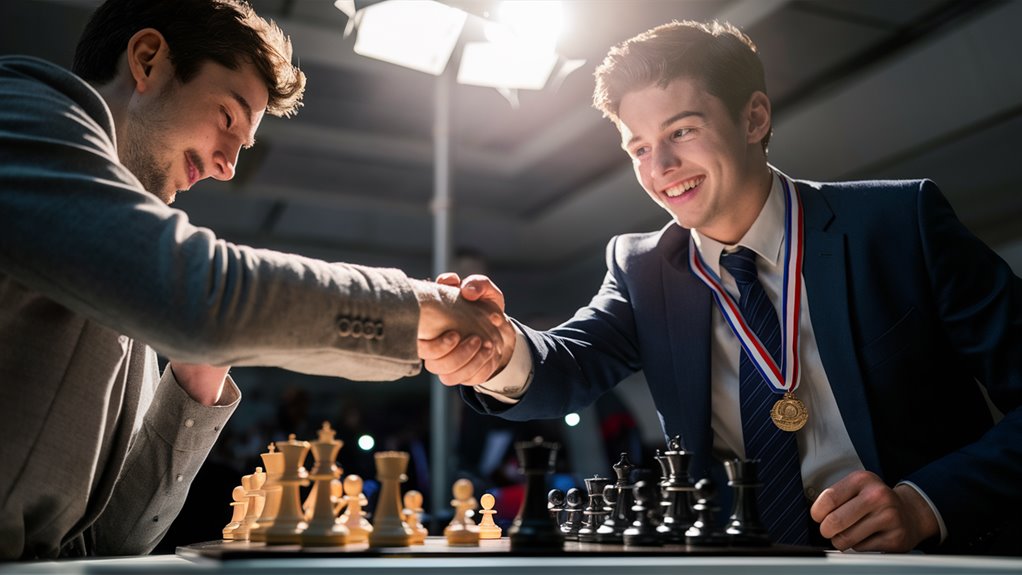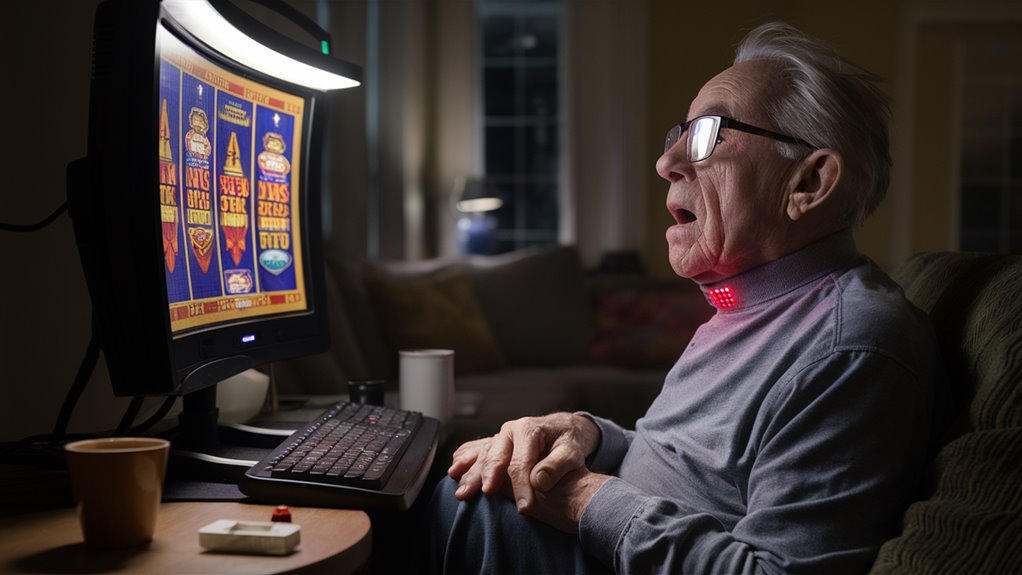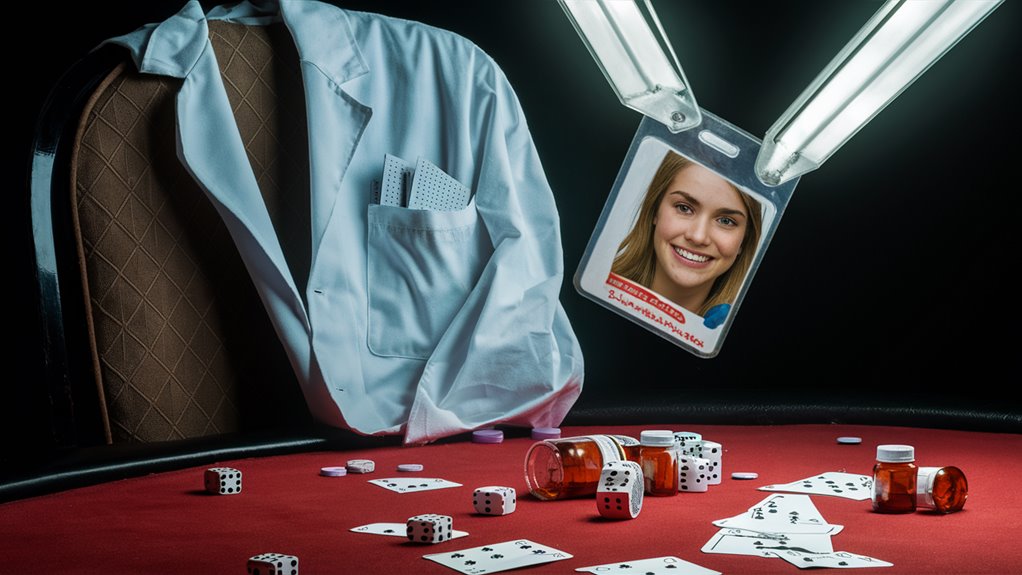
AR 카지노 게임과 라이브 콘서트 결합이 초래하는 중독 위험 증가
증강 현실(AR) 카지노 게임과 라이브 콘서트가 융합되면 플레이어의 신경계가 전례 없는 자극을 받아 중독 위험이 급격히 상승합니다. 이 몰입형 경험이 어떻게 신경학적·행동적 위험 요소를 증폭시키는지 살펴보겠습니다.
신경학적 영향 이해하기
전통적 도박은 도파민 분비를 150~200%까지 증가시키고, 라이브 음악은 50~100%를 부스트합니다. AR 기술이 이들을 결합하면 상호 강화된 피드백 루프가 작동해 도파민 급증 효과를 유발합니다.
충격적인 참여 통계
- AR 카지노 경험 참여율 47% 증가
- 사용자 68%, AR 활동 탈출 곤란 호소
- 장시간 세션 및 위험 감수 행동 대폭 상승
청소년 취약성 요인
25세 미만 청년층은 보상 중추 활성화가 성인 대비 30% 더 높아 AR 중독에 더욱 취약합니다.
- 의존성 패턴 가속화
- 위험 평가 능력 현저히 저하
- AR 도박 요소에 대한 민감성 급증
- 문제적 게임 행동 비율 대폭 상승
신흥 공중보건 문제
라이브 엔터테인먼트, 도박 메커니즘, AR 융합은 즉각적 대응이 필요한 새로운 위험을 창출합니다. 전체 사회적 영향을 연구하고 효과적 개입 전략을 마련해야 합니다.
AR 도박 심리학 이해하기
AR 도박은 디지털 베팅과 현실 환경을 결합해 몰입도를 극대화합니다. 가상 베팅과 라이브 엔터테인먼트가 통합되면 전통적 도박보다 강력한 도파민 반응을 유발합니다.
몰입형 기술과 도파민 반응
가상 베팅이 현실 공간에 즉각 반영되면서 승리·패배 경험이 더욱 강렬해집니다. 이로 인해 도파민 피드백 루프가 과도하게 작동합니다.
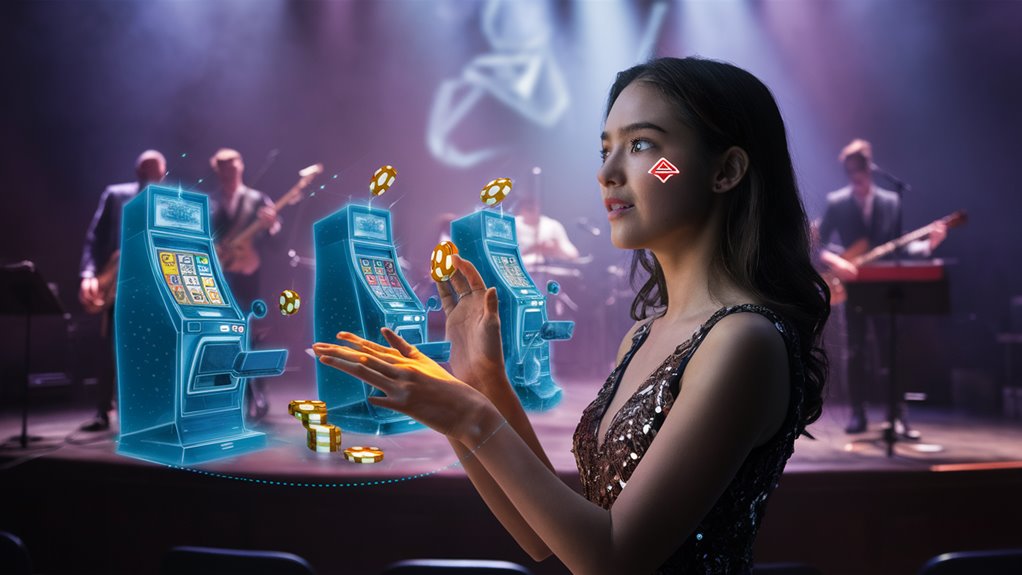
주요 심리적 요인
- 강화된 몰입감 – AR 오버레이가 현실과 가상을 결합해 감각을 극대화
- 시간 지각 왜곡 – 몰입 기술로 플레이 시간이 왜곡되어 시간 손실 현상 심화
- 사회적 강화 – 실시간 FOMO 유발, 베팅 빈도 및 지출 통제력 약화
플레이어 행동 변화
- 베팅 빈도 대폭 상승
- 감정적 몰입 강화
- 사전 설정 지출 한도 준수 어려움
- 사회적 영향에 쉽게 휘둘림
라이브 엔터테인먼트의 도파민 효과
라이브 음악과 AR 도박 결합은 뇌 보상 중추(측좌핵, 복측 피개 영역)를 강력히 자극해 도파민 분비를 극대화합니다.
도파민 분비 수준 측정
- 콘서트: 기저치 대비 50~100% 증가
- 도박 활동: 30~80% 증가
- AR 결합 시 150~200% 급증
장기적 행동 영향
도파민 결합 자극은 보상 회로를 강화해 중독 행동을 가속화합니다. AR 카지노 경험자는 6개월 내 문제적 도박 발생률이 일반 참여자보다 크게 높게 나타납니다.
핵심 신경학적 효과
- 도파민 분비 과도 상승
- 보상 중추 회로 강화
- 행동 중독 위험 급증
- 엔터테인먼트-도박 융합 시 쾌락 반응 증폭
청소년의 AR 게임 취약성
전전두엽 피질이 완전히 발달하지 않은 청소년은 AR 도박 자극에 더 큰 충격을 받습니다.
신경학적 민감성
보상 중추 활성화가 전통적 게임 대비 30% 더 높게 나타나 문제적 행동에 빠질 위험이 커집니다.
타깃 디자인 요소
- 화려한 시각 미학
- 사회적 연결 기능 강조
- 라이브 이벤트 즉시 통합
- 인터랙티브 보상 시스템
몰입형 기술의 영향
- 문제적 게임 행동 비율 유의미 증가
- 68%가 AR 게임 탈피 어려움 보고
- 부정적 결과에도 지속적 사용
- 초기 6개월 내 취약성 극대화
위험 요인 및 신경 반응
- 과도한 도파민 반응
- 충동 조절 능력 저하
- 강화된 보상 추구 패턴
- 사회적 도박 압력 급증
가상 화폐 리얼리티 체크

AR 카지노의 가상 화폐는 실제 지출을 과소평가하게 만들어 충동 베팅을 부추깁니다.
가상 지출의 심리학
디지털 토큰 전환 후 즉흥적 베팅이 증가하고, 사전 한도 초과 확률이 크게 상승합니다.
인터페이스 디자인 영향
복잡한 환전 비율과 몰입형 시각 효과가 결합돼 현실 화폐 가치 인식이 왜곡됩니다. 사용자 지출이 47% 더 증가하는 것으로 나타났습니다.
신경학적·행동적 효과
- 심박수 상승
- 코티솔 수치 증가
- 위험 평가 능력 저하
- 도파민 피드백 루프 강화
권장 안전 조치
- 실시간 환전율 표시
- 의무적 지출 알림
- 화폐 가치 명확화
- 정기적 지출 한도 경고
AR 도박 의존 예방 전략
AR 도박은 중독 발달을 가속화할 수 있으므로, 근거 기반 안전장치 도입이 필수입니다.
생체 인식 모니터링
- 심박수 변동성 추적
- 피부 전도도 감지
- 표피 알러지 확산 방지 노화 예방 빠른조치
- 혈압 및 스트레스 호르몬 모니터링
의무적 현실 휴식
30분마다 AR 오버레이 비활성화로 실제 환경과 재연결을 강제해 장시간 몰입 방지.
재정 영향 시각화
- 월별 예산 영향 예측
- 장기 저축 손실 경고
- 가계 지출 대비 비교
- 은퇴 자금 영향 분석
- 일별 청산 그래프 예측
예방 효과
이 통합 안전장치를 도입하면 문제적 도박 행동이 47% 감소하는 것으로 나타났습니다.
감사합니다.
